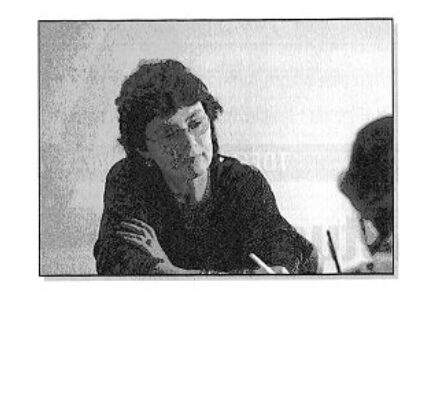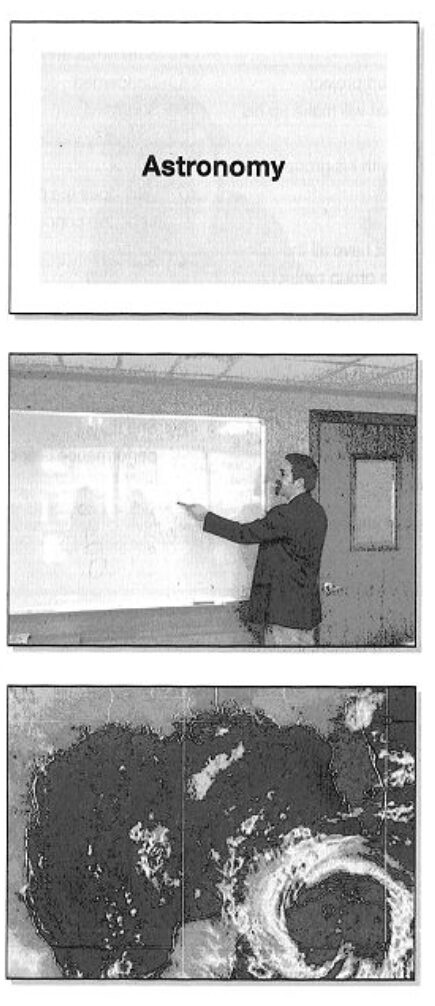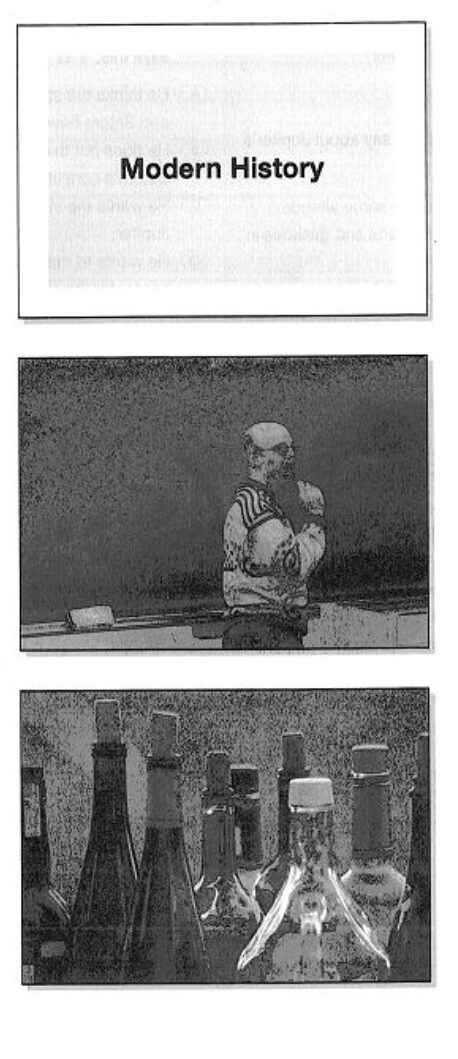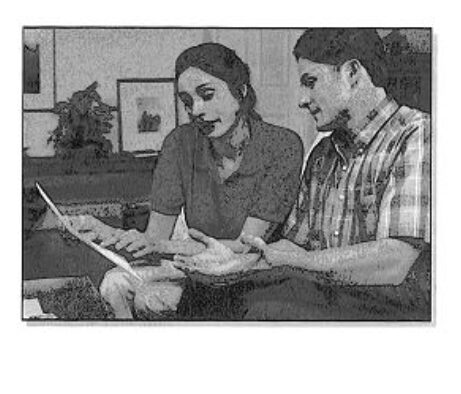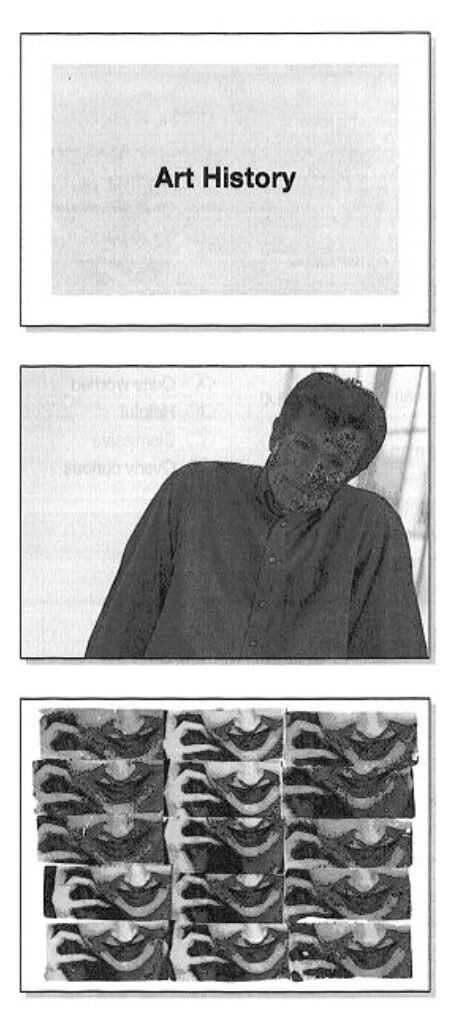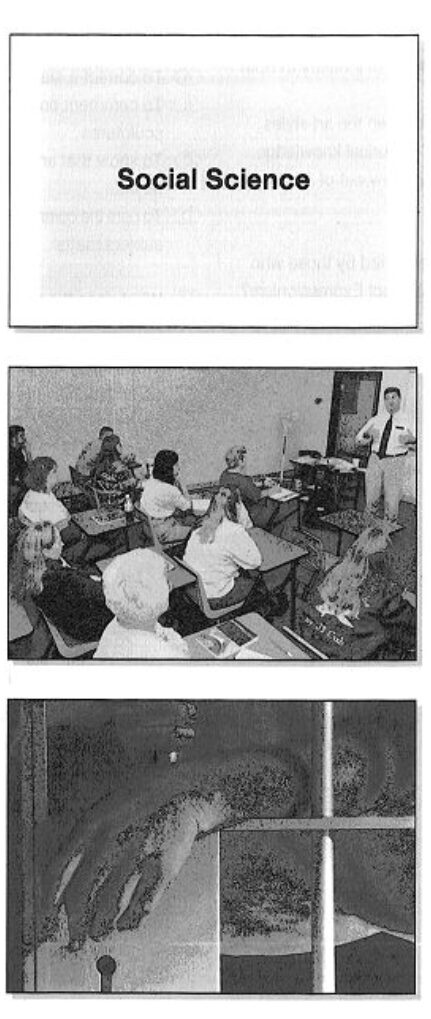TOEFL IBT Listening Practice Test 23 from TOEFL iBT Navigator – Powerful tools to help you navigate TOEFL iBT
Listening Section Directions
This test measures your ability to understand conversations and lectures in English.The Listening section is divided into 2 separately timed parts. In each part you will listen to 1 conversation and 2 lectures. You will hear each conversation or lecture only one time.
After each conversation or lecture, you will answer questions about it. The questions typically ask about the main idea and supporting details. Some questions ask about a speaker’s purpose or attitude. Answer the questions based on what is stated or implied by the speakers.
You may take notes while you listen. You may use your notes to help you answer the questions. Your notes will not be scored. If you need to change the volume while you listen, click on the Volume icon at the top of the screen.
In some questions, you will see this icon: This means you will hear, but not see, part of the question. Some of the questions have special directions. These directions appear in a gray box on the screen.
Most questions are worth 1 point. If a question is worth more than 1 point, it will have special directions that indicate how many points you can receive. You must answer each question. After you answer, click on Next. Then click on OK to confirm your answer and go on to the next question. After you click on OK, you cannot return to previous questions.
A clock at the top of the screen will show you how much time is remaining. The clock will not count down while you are listening. The clock will count down only while you are answering the questions.
TOEFL IBT Listening Practice Test 23 from TOEFL iBT Navigator – Powerful tools to help you navigate TOEFL iBT
Question 1-5:
1. Why does the student go to see the professor?
A.To find out what material will be covered on the test
B. To get advice on the group project
C. To better understand what will make up his grade
D. To point out a problem with his group project
2. Why does the student not have all the information regarding the group project?
A. He has not started planning it yet.
B. He received an unclear syllabus.
C. He missed the information in class.
D. He is nervous about the test.
Listen again to part of the conversaton.
Then answer the question,
3. What does the professor imply when she says this:
A. Information in the articles should be used in the survey.
B. The supplemental reading is more important than the text.
C. The essay question will relate to the articles.
D. It s important to understand the articles for the test.
4. What is the professor’s attitude toward the student’s understanding of the course grading system?
A.Somewhat annoyed
B. Concerned
C. Surprised
D. Generally indifferent
5. Why does the professor tell the student not to be too concerned?
A. She is fairly confident that the student will do well in the course,
B. She feels that she cannot help the student much.
C. She fears that the student’s nervousness will result in a poor test score.
D. She thinks that the student’s past performance is enough for a decent grade.
Question 6-11: Listen to a discussion on astronomy. The professor Is discussing Jupiter’s atmosphere.
6. What do the speakers mainly discuss?
A. The environment of Jupiter
B. Jupiter’s Red Spot
C. The lack of water on Jupiter
D. Jupiter’s rotation
7. What does the professor say about Jupiter’; zones and belts?
A. They are more or less the same altitude,
B. They are solid in some parts and gaseous ir other parts.
C. They affect the rotation of Jupiter.
D.. They enabled scientists to learn what Jupiter is composed of.
Listen again to part of the talk. Then answet the question.
8. What can be inferred about the students?
A. They are not in agreement with each other.
B. They have similar information about the Red Spot.
C. They are both unsure of what the Red Spot really is.
D. The man is more certain of his information.
Listen again to part of the talk. Then answer the question.
9. What does the professor mean when he says this: O:
A. He thinks the students know that Jupiter and Saturn have a similarity.
B. He does not think it is necessary to discuss Saturn’s constitution.
C. He wants the students to focus only on Jupiter.
D. He wants to make the question a Irttle harder for the students.
10. What is the professor’s point of view concerning the Galileo mission?
A. It did not obtain sufficient Information.
B. It failed in its mission to obtain conclusive data.
C. Its discoveries have yet to be verified.
D. Its discoveries are in conflict with another mission’s discoveries.
11. What is the unconfirmed evidence for Jupiter’s having little water?
A. It has little neon, carbon and sulfur.
B. Its clouds are made of ammonia and ammonia hydrosulfide.
C. Its atmosphere becomes denser as It moves downwards.
D. It lacks the three-tiered cloud scientists assumed it had.
Question 12-17: Listen to a talk on modem history. The professor is discussing prohibition.
12. What Is the main topic of the talk?
A. HOW prohibition became law
B. Prohibition and its effects
C. Enforcing prohibition in America
D. The influence of prohibition on crime
13. What does the professor say about the “dries”?
A. It was a group of Protestant denominations that existed In the 1840s.
B. It was a religious sect that questioned the definition of morality.
C. It was an agreement made by political parties regarding alcohol.
D. It was a point of view that reltgious groups held about alcoholic beverages.
14. According to the professor, what two factors contributed to the ratification of prohibition?
Choose 2 answers.
A. The influence of the Prohibition Party
B. The women’s advocacy of the temperance movement
C. The united stand religion in America took against alcohol
D. The support of the Republican and Democratic Parties
15. Why does the professor mention Al Capone?
A. To explain the increased use of poisons in alcohol
B. To illustrate the mafia’s capableness in producing fine alcohol
C. To give an example of the profitability of bootleg liquor
D. To emphasize the need for more alcohol beverage manufacturers
16. The professor discusses the effects of prohibition in the early 20* century.
Indicate whether each of the following was an effect. Click in the correct box.
| Yes | No | |
| Increased morbidity from toxic alcohol | ||
| Thriving sales in illegally made alcoholic beverages | ||
| Growing protests to ratification of 18th Amendment | ||
| Formulation of new laws to permit weaker alcohols | ||
| Loss of governmental income |
17. What can be inferred about prohibition?
A. It made people aware of the evils of alcohol.
B. It failed completely in its objectives.
C. It made alcohol extremely scarce.
D. It greatly reduced expenses in alcohol manufacturing.
Question 18-22: Listen to a conversation between a student and an office administrator.
18. Why does the woman have to drop a class?
A. Because she has too much homework this semester
B. Because she has to substitute a class in her major
C. Because the class interferes with her internship
D. Because there are too many students in the class
Listen again to part of the conversation. Then answer the question.
19. Why does the administrator ask this question:
A. To encourage the woman to take a class in her major
B. To discourage the woman from taking on too many responsibilities
C. To discourage the woman from complicating her situation
D. To bring the interaction to a quick and simple conclusion
20. What Is the woman allowed to do?
For each phrase below, place a check mark In the “Allowed” column o’ the “Not Allowed” column.
| Allowed | Not Allowed | |
| Dropping a class any time | ||
| Adding a class any time | ||
| Taking a free class later | ||
| Faxing the form |
21. Why does the administrator tell the student not to take too long?
A. He Is concerned that there will be no more available spaces in the class that the woman wants.
B. He is in a hurry to finish processing all the Drop/Add forms.
C. He fears that the woman will be unabie to get a class in her major.
D. He wants to make sure the woman does not miss the deadline for adding a class.
22. What is the administrator’s attitude toward the woman and her situation?
A. Quite worried
B. Helpful
C. Dismissive
D. Overly curious
Question 23-28: Listen to part of a lecture In an art history class.
23. Why does the professor ask about Abstract Expressionism before speaking in detail about Pop Art?
A. To stress the importance of industry to both art styles
B. To set up contrast between the art styles
C. To test the students’ historical knowledge
D. To show how Pop Art g rev/ out of Abstract Expressionism
24. Why was Pop Art welcomed by those who did not appreciate Abstract Expressionism?
A. Pop Art was easy to approach and enjoy.
B. Abstract Expressionism was too commercial.
C. Abstract Expressionist painters used Renaissance techniques.
D. The Pop movement explored exciting now ideas in high art.
25. According to the professor, which of the following characterize Lichtenstein’s artwork?
Choose 2 answers.
A. Use of newspaper
B. Large size
C. Use of colored dots
D. Social commentary
Listen again to part of the lecture. Then answer the question.
26. Why does the professor say this:
A. To correct a statement made by a student
B. To comment on one of Lichtenstein’s sculptures
C. To show that art can transform lowly objects
D. TO note the commonness of Lichtenstein’s subject matter
27. What does the professor imply when he says this:
A. Warhol may have cons dered social commentary In his work.
B. Warhol was troubled by the conflicted purposes of his work.
C. Warhol probably did not care about high culture or Intellectualism.
D. Warhol was interested chiefly in his own fame and success.
28. What is the lecture mainly about?
A. Abstract Expressionism’s effect on Pop Art
B. The Pop movement’s effect on the art world
C. Postmodernism’s effect on Pop Art
D. The ambiguity of Pop Art
Question 29-34; Listen to a discussion on communal behavior.
29. What are the speakers mainly discussing?
A. The roles of parks and shopping centers in communities
B. A comparison of low-rise and high-rise buildings
C. New Urbanism’s approach to the design of neighborhoods
D. How community design impacts on crime
30. What is Zelinka and Brennan’s definition of community?
A. An area where housing and streets are arranged
B. A public area for people to develop a feeling of oneness
C. A safe place for people to get together
D. A place where people can buy groceries
31. What two ideas did New Urbanism base its community designs on?
Choose 2 answers.
A. People needed to be in touch with other community dwellers.
B. People should live in high-rise buildings.
C. People should use their vehicles less often.
D. People should have control of the space they live in.
32. Why does the student refer to the housing projects described by the professor?
A. To explain the differences between the two projects
B. To emphasize the need for better community housing
C. To show that safety is achieved by its , residents
D. To support the point of v^w held by Oscar Newman
33. How does minimal permeability reduce crime In a neighbortiood?
A. It makes it harder for a criminal to come in.
B. It makes the community difficult to find.
C. It prevents strangers from entering the community.
D. It alerts residents to the presence of a stranger.
34. Why does the student mention the US Department of Justice?
A. To provde background for a discussion on government studies
B. To explain the government’s role in community housing projects
C. To name the governmental department in charge of community safety
D. To show that the lack of alleys has governmental approval


